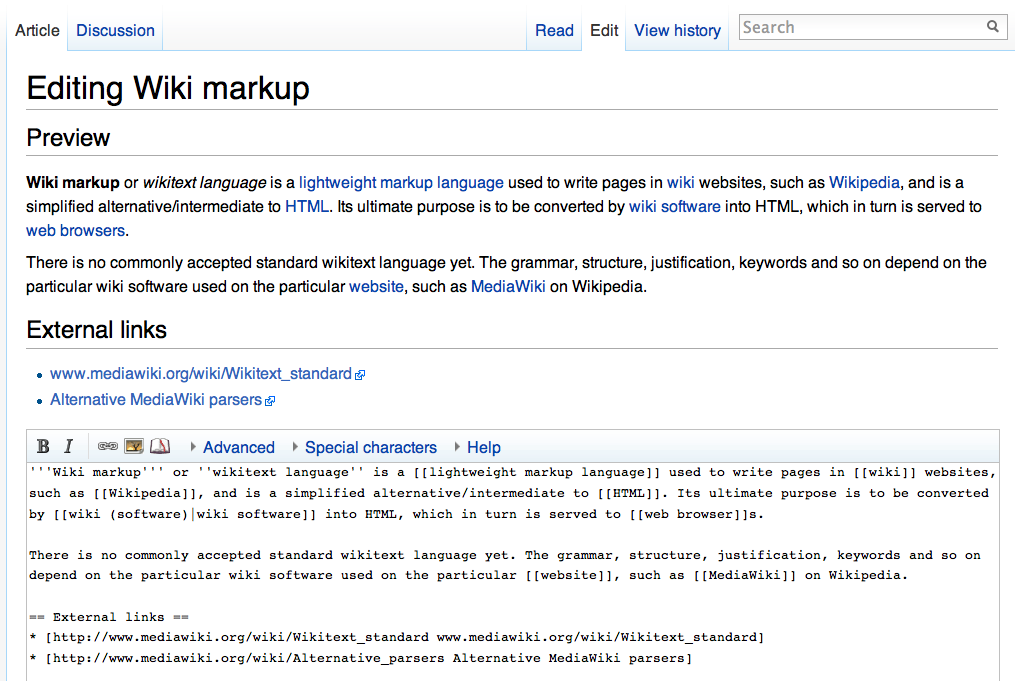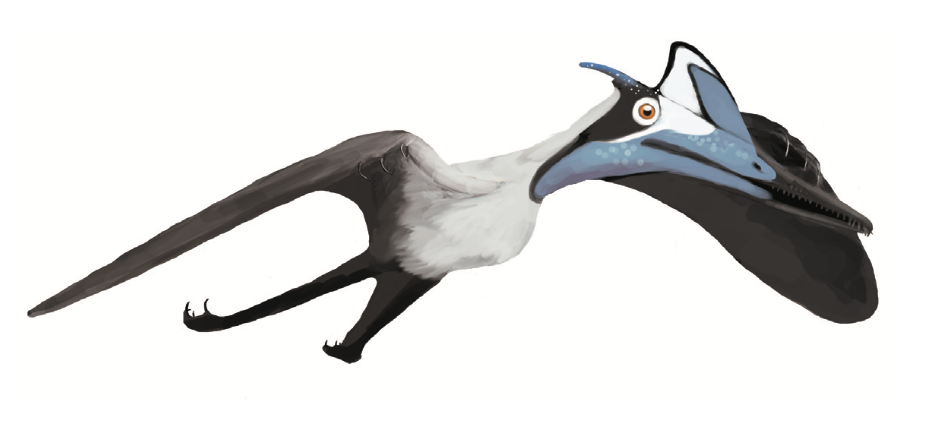|
Homeotherms
Warm-blooded is a term referring to animal species whose bodies maintain a temperature higher than that of their environment. In particular, homeothermic species (including birds and mammals) maintain a stable body temperature by regulating metabolic processes. Other species have various degrees of thermoregulation. Because there are more than two categories of temperature control utilized by animals, the terms ''warm-blooded'' and '' cold-blooded'' have been deprecated in the scientific field. Terminology In general, warm-bloodedness refers to three separate categories of thermoregulation. * Endothermy is the ability of some creatures to control their body temperatures through internal means such as muscle shivering or increasing their metabolism. The opposite of endothermy is ectothermy. * Homeothermy maintains a stable internal body temperature regardless of external influence and temperatures. The stable internal temperature is often higher than the immediate environment ... [...More Info...] [...Related Items...] OR: [Wikipedia] [Google] [Baidu] |
Poikilothermy
A poikilotherm () is an animal (Greek ''poikilos'' – 'various', 'spotted', and ''therme'' – 'heat') whose internal temperature varies considerably. Poikilotherms have to survive and adapt to environmental stress. One of the most important stressors is outer environment temperature change, which can lead to alterations in membrane lipid order and can cause protein unfolding and denaturation at elevated temperatures. ''Poikilotherm'' is the opposite of '' homeotherm'' – an animal which maintains thermal homeostasis. In principle, the term could be applied to any organism, but it is generally only applied to vertebrate animals. Usually the fluctuations are a consequence of variation in the ambient environmental temperature. Many terrestrial ectotherms are poikilothermic. However some ectotherms seek constant-temperature environments to the point that they are able to maintain a constant internal temperature, and are considered actual or practical homeotherms. It is this d ... [...More Info...] [...Related Items...] OR: [Wikipedia] [Google] [Baidu] |
Homeothermic
Homeothermy, homothermy, or homoiothermy () is thermoregulation that maintains a stable internal body temperature regardless of external influence. This internal body temperature is often, though not necessarily, higher than the immediate environment. Homeothermy is one of the 3 types of thermoregulation in warm-blooded animal species. Homeothermy's opposite is poikilothermy. A poikilotherm is an organism that does not maintain a fixed internal temperature but rather its internal temperature fluctuates based on its environment and physical behaviour. Homeotherms are not necessarily endothermic. Some homeotherms may maintain constant body temperatures through behavioral mechanisms alone, ''i.e.'', behavioral thermoregulation. Many reptiles use this strategy. For example, desert lizards are remarkable in that they maintain near-constant activity temperatures that are often within a degree or two of their lethal critical temperatures. Evolution Origin of homeothermy The evol ... [...More Info...] [...Related Items...] OR: [Wikipedia] [Google] [Baidu] |
Wiki Snake Eats Mouse
A wiki ( ) is a form of hypertext publication on the internet which is collaboratively edited and managed by its audience directly through a web browser. A typical wiki contains multiple pages that can either be edited by the public or limited to use within an organization for maintaining its internal knowledge base. Its name derives from the first user-editable website called "WikiWikiWeb," with "wiki" being a Hawaiian word meaning "quick." Wikis are powered by wiki software, also known as wiki engines. Being a form of content management system, these differ from other web-based systems such as blog software or static site generators in that the content is created without any defined owner or leader. Wikis have little inherent structure, allowing one to emerge according to the needs of the users. Wiki engines usually allow content to be written using a lightweight markup language and sometimes edited with the help of a rich-text editor. There are dozens of different wik ... [...More Info...] [...Related Items...] OR: [Wikipedia] [Google] [Baidu] |
Opah
The opah, also commonly known as moonfish, sunfish (not to be confused with Molidae), cowfish, kingfish, and redfin ocean pan are large, colorful, deep-bodied Pelagic zone, pelagic lampriform Fish, fishes comprising the genus ''Lampris'', of the small Family (biology), family Lampridae (also spelled Lamprididae). Species Two living species were traditionally recognized, but a Taxonomy (biology), taxonomic review in 2018 suggests the idea of splitting ''L. guttatus'' into several species, each with a more restricted geographic range, bringing the total to six. The six species of ''Lampris'' have mostly non-overlapping geographical ranges, and can be recognized based on body shape and coloration pattern. *Southern Spotted Opah (''Lampris australensis):'' Found in the southern hemisphere, primarily in the Pacific Ocean, Pacific and Indian Ocean, Indian oceans. *North Atlantic Opah (''Lampris guttatus):'' Potentially located in the Northeastern Atlantic, including the Medit ... [...More Info...] [...Related Items...] OR: [Wikipedia] [Google] [Baidu] |
Bradymetabolic
Bradymetabolism refers to organisms with a high active metabolism and a considerably slower resting metabolism.Bligh, J., and Johnson, K.G., 1973. Glossary for terms for thermal physiology. ''Journal of Applied Physiology'' 35(6):941–961. Bradymetabolic animals can often undergo dramatic changes in metabolic speed, according to food availability and temperature. Many bradymetabolic creatures in deserts and in areas that experience extreme winters are capable of "shutting down" their metabolisms to approach near-death states, until favorable conditions return (see hibernation and estivation). Several variants of bradymetabolism exists. In mammals, the animals normally have a fairly high metabolism, only dropping to low levels in times of little food. In most reptiles, the normal metabolic rate is quite low, but can be raised when needed, typically in short bursts of activity in connection with capturing prey. Etymology The term is from Greek ''brady'' (βραδύ) "slow" and ''m ... [...More Info...] [...Related Items...] OR: [Wikipedia] [Google] [Baidu] |
Heterothermy
Heterothermy or heterothermia (from Greek ἕτερος ''heteros'' "other" and θέρμη ''thermē'' "heat") is a physiological term for animals that vary between self-regulating their body temperature, and allowing the surrounding environment to affect it. In other words, they exhibit characteristics of both poikilothermy and homeothermy. Definition Heterothermic animals are those that can switch between poikilothermic and homeothermic strategies. These changes in strategies typically occur on a daily basis or on an annual basis. More often than not, it is used as a way to dissociate the fluctuating metabolic rates seen in some small mammals and birds (e.g. bats and hummingbirds), from those of traditional cold blooded animals. In many bat species, body temperature and metabolic rate are elevated only during activity. When at rest, these animals reduce their metabolisms drastically, which results in their body temperature dropping to that of the surrounding environment. This ... [...More Info...] [...Related Items...] OR: [Wikipedia] [Google] [Baidu] |
Fish
A fish (: fish or fishes) is an aquatic animal, aquatic, Anamniotes, anamniotic, gill-bearing vertebrate animal with swimming fish fin, fins and craniate, a hard skull, but lacking limb (anatomy), limbs with digit (anatomy), digits. Fish can be grouped into the more basal (phylogenetics), basal jawless fish and the more common jawed fish, the latter including all extant taxon, living cartilaginous fish, cartilaginous and bony fish, as well as the extinct placoderms and acanthodians. In a break to the long tradition of grouping all fish into a single Class (biology), class (Pisces), modern phylogenetics views fish as a paraphyletic group. Most fish are ectotherm, cold-blooded, their body temperature varying with the surrounding water, though some large nekton, active swimmers like white shark and tuna can hold a higher core temperature. Many fish can communication in aquatic animals#Acoustic, communicate acoustically with each other, such as during courtship displays. The stud ... [...More Info...] [...Related Items...] OR: [Wikipedia] [Google] [Baidu] |
Shark
Sharks are a group of elasmobranch cartilaginous fish characterized by a ribless endoskeleton, dermal denticles, five to seven gill slits on each side, and pectoral fins that are not fused to the head. Modern sharks are classified within the Division (taxonomy), division Selachii and are the sister group to the Batoidea, Batomorphi (Batoidea, rays and skate (fish), skates). Some sources extend the term "shark" as an informal category including Extinction, extinct members of Chondrichthyes (cartilaginous fish) with a shark-like morphology, such as hybodonts. Shark-like chondrichthyans such as ''Cladoselache'' and ''Doliodus'' first appeared in the Devonian Period (419–359 million years), though some fossilized chondrichthyan-like scales are as old as the Ordovician, Late Ordovician (458–444 million years ago). The earliest confirmed modern sharks (Selachii) are known from the Early Jurassic around , with the oldest known member being ''Agaleus'', though records of true shar ... [...More Info...] [...Related Items...] OR: [Wikipedia] [Google] [Baidu] |
Swordfish
The swordfish (''Xiphias gladius''), also known as the broadbill in some countries, are large, highly migratory predatory fish characterized by a long, flat, pointed bill. They are the sole member of the Family (biology), family Xiphiidae. They are a popular sport fish of the billfish category. Swordfish are elongated, round-bodied, and lose all teeth and scales by adulthood. These fish are found widely in tropical and temperate parts of the Atlantic, Pacific, and Indian Oceans, and can typically be found from near the surface to a depth of , and exceptionally up to depths of 2,234 m. They commonly reach in length, and the maximum reported is in length and in weight. Taxonomy and etymology The swordfish is named after its long pointed, flat bill, which resembles a sword. The species name, ''Xiphias gladius'', derives from Greek Language, Greek (''xiphias'', "swordfish"), itself from (''xiphos'', "sword") and from Latin language, Latin ("sword"). This makes it superficial ... [...More Info...] [...Related Items...] OR: [Wikipedia] [Google] [Baidu] |
Pterosaur
Pterosaurs are an extinct clade of flying reptiles in the order Pterosauria. They existed during most of the Mesozoic: from the Late Triassic to the end of the Cretaceous (228 million to 66 million years ago). Pterosaurs are the earliest vertebrates known to have evolved powered flight. Their wings were formed by a membrane of skin, muscle, and other tissues stretching from the ankles to a dramatically lengthened fourth finger. There were two major types of pterosaurs. Basal pterosaurs (also called 'non-pterodactyloid pterosaurs' or ' rhamphorhynchoids') were smaller animals with fully toothed jaws and, typically, long tails. Their wide wing membranes probably included and connected the hind legs. On the ground, they would have had an awkward sprawling posture, but the anatomy of their joints and strong claws would have made them effective climbers, and some may have even lived in trees. Basal pterosaurs were insectivores or predators of small vertebrates. Later pte ... [...More Info...] [...Related Items...] OR: [Wikipedia] [Google] [Baidu] |
Circulatory System
In vertebrates, the circulatory system is a system of organs that includes the heart, blood vessels, and blood which is circulated throughout the body. It includes the cardiovascular system, or vascular system, that consists of the heart and blood vessels (from Greek meaning ''heart'', and Latin meaning ''vessels''). The circulatory system has two divisions, a systemic circulation or circuit, and a pulmonary circulation or circuit. Some sources use the terms ''cardiovascular system'' and ''vascular system'' interchangeably with ''circulatory system''. The network of blood vessels are the great vessels of the heart including large elastic arteries, and large veins; other arteries, smaller arterioles, capillaries that join with venules (small veins), and other veins. The circulatory system is closed in vertebrates, which means that the blood never leaves the network of blood vessels. Many invertebrates such as arthropods have an open circulatory system with a he ... [...More Info...] [...Related Items...] OR: [Wikipedia] [Google] [Baidu] |







